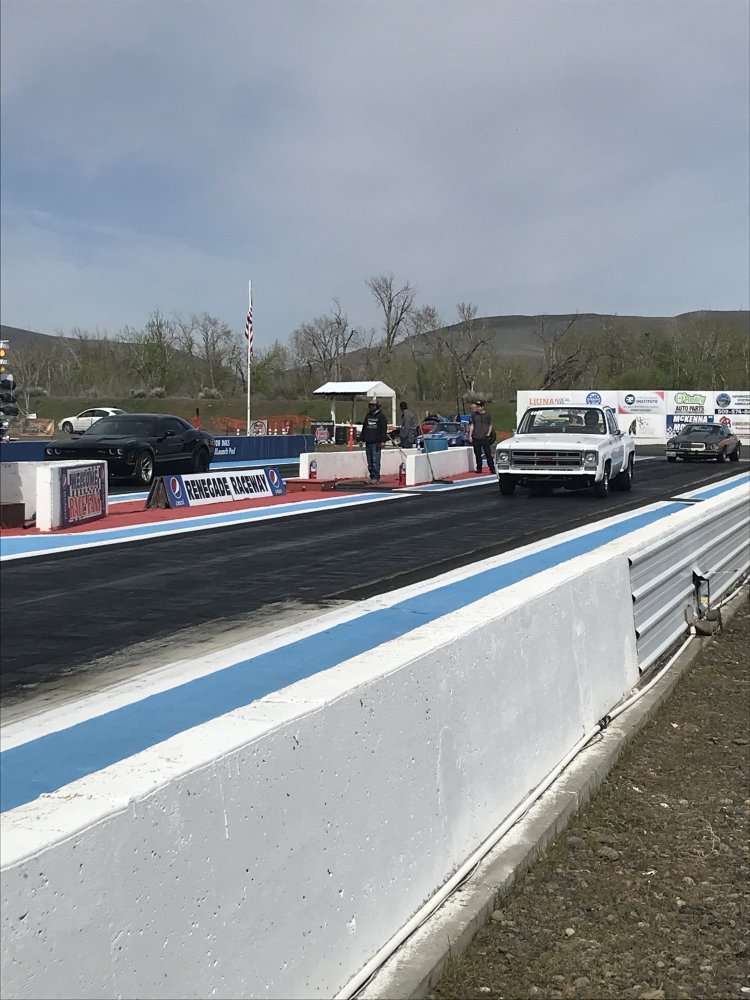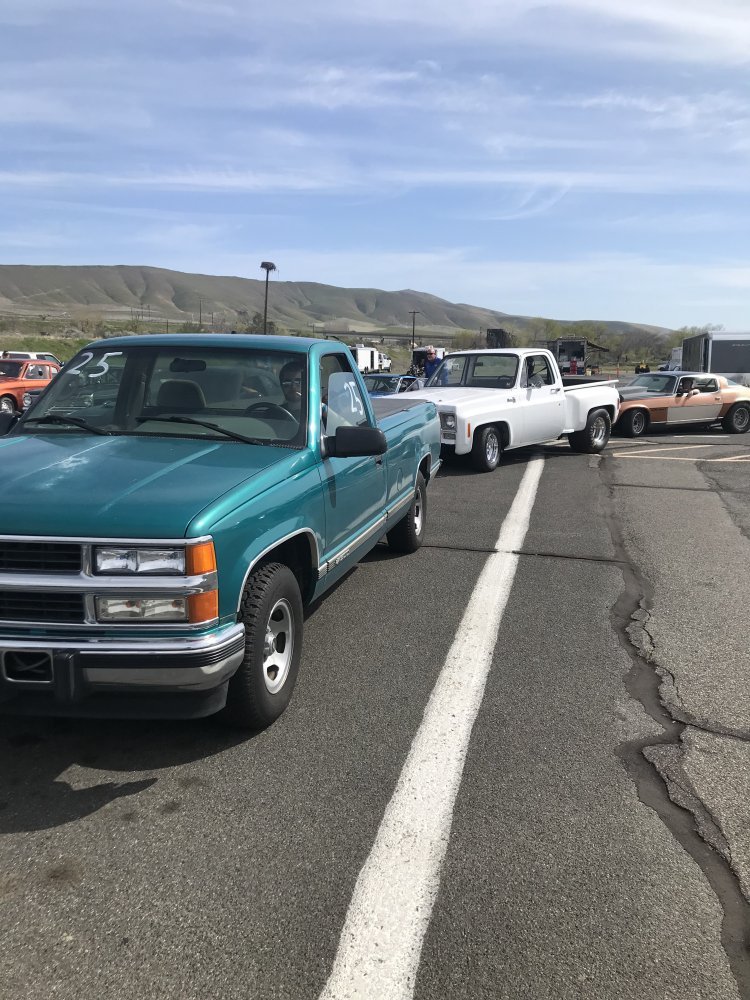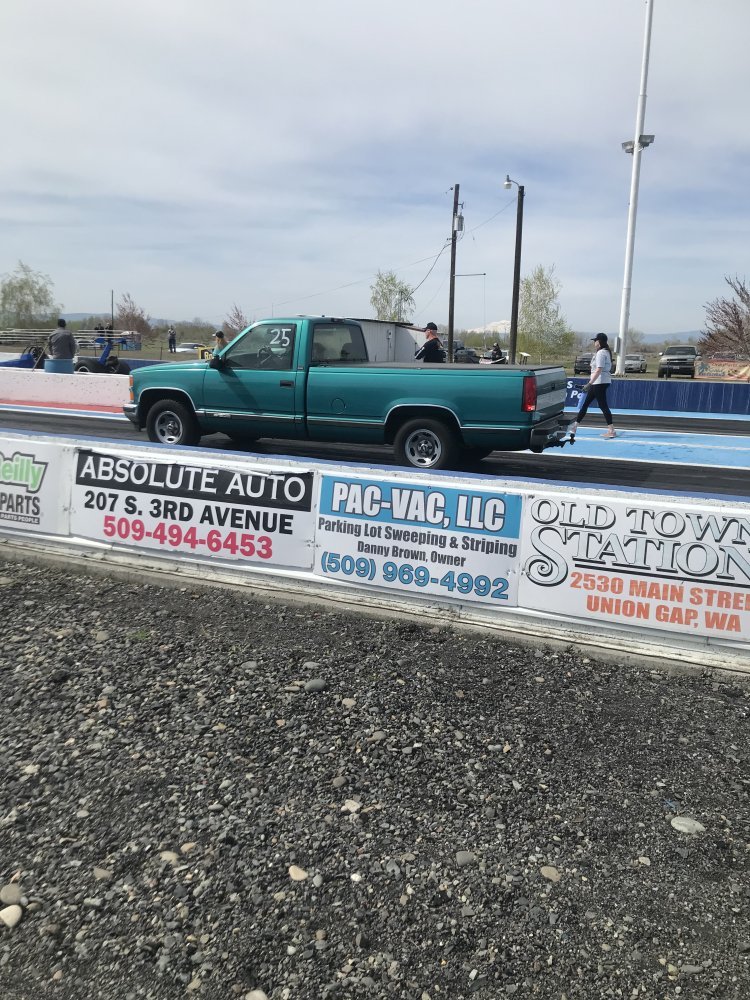MrMarty51
Well-Known Member
And with the injectirs in my engine set at about 1950 PSI, that makes them rattle even louder.injectors can be LOUD
Follow along with the video below to see how to install our site as a web app on your home screen.
Note: This feature may not be available in some browsers.
And with the injectirs in my engine set at about 1950 PSI, that makes them rattle even louder.injectors can be LOUD




Is the hose connected to the dipstick tube? “Up and over the dipstick tube” is not specific enough.'Is this normal?' Yes.
The old Heath Diesel page used to list a testing for blow by that involved visual checks at idle and vacuum pull at higher RPM (2500 IIRC). The aim was to not have people prematurely condemn their motors. I no longer have the document in digital or printed form (I know, disappointing) but, 'if memory serves' it went like this....
With the engine warmed up, the oil cap secured and the dip stick removed, run a long length of clear hose from a glass or bucket of water up and over the dip stick tube. At idle, the water level in the hose should stay at the water level in the bucket or a little lower. With the engine RPM increased to 2500 rpm, water should be pulled up the tube about an inch or two. Water WILL NOT be pulled up into the motor so relax. IF water is pulled up the one to two inches, you've still got life in the engine. I'm guessing, the higher the water gets in the hose, the better.
I did this early on (2008?) with my old engine which had easily visible huffin' and puffin'. The engine passed so I knew it was alright for a while.
Bill is drag racing his gasser truck with one of his former employee's driving one of his previously owned 6.5s. I'll ask him when he gets home if he's still got the write up.
View attachment 93246
View attachment 93242
View attachment 93245
View attachment 93244
I see Bison's post there but he doesn't mention if the engine is at idle or at a higher RPM.CDR Valve replacement
Haha, I'm trying not to be a douche like most people in this town Bison Where u from near peace river? I am going to check for the blow by when I turn the truck on to leave work this evening, is this best to check at startup or when the engine is warm? The hose isn't much of a concern, I can...www.thetruckstop.us